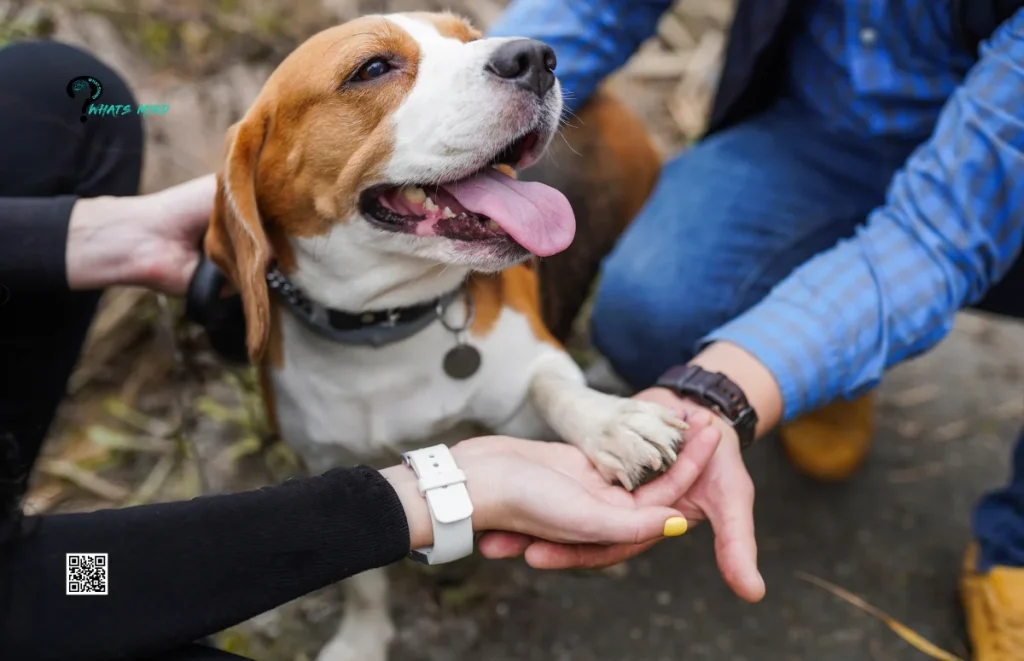Does My ESA Need an Emotional Support Animal Vest?

Emotional support animals are beneficial animal companions that can be any animal, within reason, and are integral to the mental health of many. The comfort and routine that an ESA provides their owner often improve the symptoms of certain mental health conditions or disabilities, and these animals are vital to many treatment plans.
If you have an emotional support animal or you are considering adopting one into your life, you may be wondering if they need a vest to identify them when out in public.
Our article gives you more details about your emotional support animal rights and whether or not your emotional support animal is required to wear a vest or other identifying item.
Table of Contents
What Are My ESA Rights?
An emotional support animal has different rights from a service animal because they meet different needs. While service animals are trained to complete disability-related tasks for their handler, emotional support animals provide their benefits with the comfort and companionship they provide to their owners.
Service animals are typically needed at their handler’s side as often as possible, while emotional support animals are not usually permitted into stores, businesses, and restaurants, as they are not trained the same way and they do not complete disability-related tasks for their owners.
That being said, you do have some protected rights to ensure you don’t face discrimination and that you get benefits from your emotional support animal. The most notable regulation that protects emotional support animals is the Fair Housing Act, and this act ensures that individuals can live with their ESA in reasonable housing areas without adhering to pet restrictions, breed restrictions, or paying pet fees and rent.
Some employers may permit individuals to bring their emotional support animals to work, while others do not allow this; this is typically handled on a state-by-state and employer-by-employer basis.
You will need a valid ESA letter provided by a mental healthcare provider licensed in your state to officially have an emotional support animal and request your protected accommodations.
Is it Needful to Identify My ESA?
It is not required that you identify your emotional support animal using a vest or any other type of identifier, though many individuals choose to do so anyway. Using a vest, harness, leash, or another emotional support animal identifier can help ensure people in public.
Thus, give your dog space and that you can progress through public and pet-friendly spaces with your ESA without them having to interact with individuals who may want to greet and speak with you about your companion animal.
However, there is no law that requires emotional support animal vests or identifications.
Understanding Emotional Support Animal Identification Rules
When it comes to identifying your emotional support animal, it’s important to follow all state and federal rules. Emotional support animals are not required to be identified, though if you do choose to provide your ESA with a vest or other marked items when out in public with them, you cannot utilize any vest, harness, leash, or other marked item that may misrepresent them as a service animal.

Many states are developing more explicit laws about the identification of emotional support animals and service animals in response to many individuals attempting to pass their ESA off as service animals. Not only can this be dangerous if an emotional support animal is not properly trained, but it can make it more difficult for individuals with disabilities to access areas with their necessary service dog.
You can identify your ESA any way you choose, but always adhere to policies about pets and ensure that your emotional support animal is identified as such and not as a service animal.
Keeping Your ESA at Your Side in Public
Taking your emotional support animal outside with you is something many individuals may wish to do so they can keep receiving benefits from their companion animal while out and about.
However, it’s important to note that your emotional support animal won’t have the same wide-reaching public access rights as service dogs and that you should always follow the rules of public and pet-friendly areas.
Identifying your emotional support animal is a personal choice, but if you choose to do this, make sure that you are not misrepresenting your ESA as a service animal, as this may have serious legal consequences.
- Who’s the Preparator of Cat in Blender Video
- Britain Killing of Marshall And Millions by Net Police
- Tickzoo: Description, Controversial Content, Rise & Downfall, Site Traffic, & Its Competitors
For more information, visit Whatsmind.com




